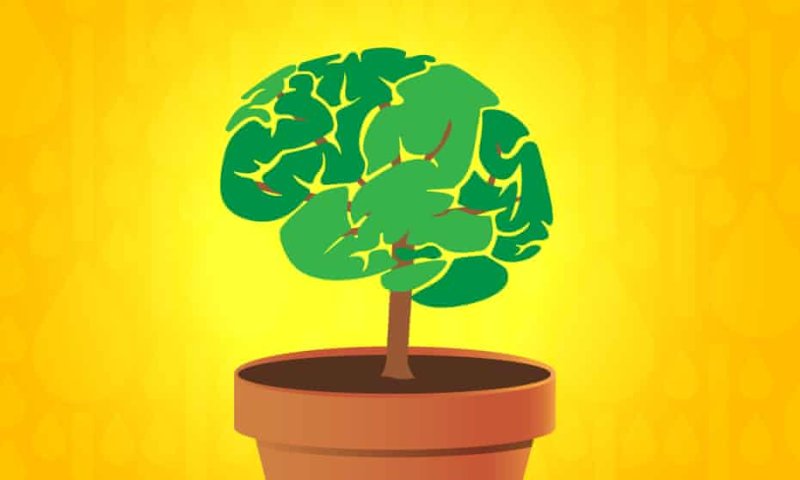Most stroke victims don’t receive treatment fast enough to prevent brain damage, but scientists at the Ohio State University Wexner Medical Center, College of Engineering and College of Medicine have developed technology that can “retrain” skin cells to help repair damaged brain tissue. The nonviral tissue nanotransfection (TNT) technique effectively reprograms the skin cells to become vascular cells, which generate new blood vessels to help get blood to the damaged tissue. In tests, stroke-affected mice that received intracranial injections of the cells recovered nearly all of their motor function, and exhibited repair to damaged brain areas.
The researchers suggest that the strategy may someday be used to help patients regain speech, cognition, and motor function, even when administered days after an ischemic stroke. “We can rewrite the genetic code of skin cells so that they can become blood vessel cells,” said Daniel Gallego-Perez, PhD, an assistant professor of biomedical engineering and surgery at Ohio State, who led the research. “When they’re deployed into the brain, they’re able to grow new, healthy vascular tissue to restore normal blood supply and aid in the repair of damaged brain tissue.”
Researchers continue to study this approach, and they’re also exploring other potential uses for this technology to treat brain disorders such as Alzheimer’s and autoimmune diseases.































